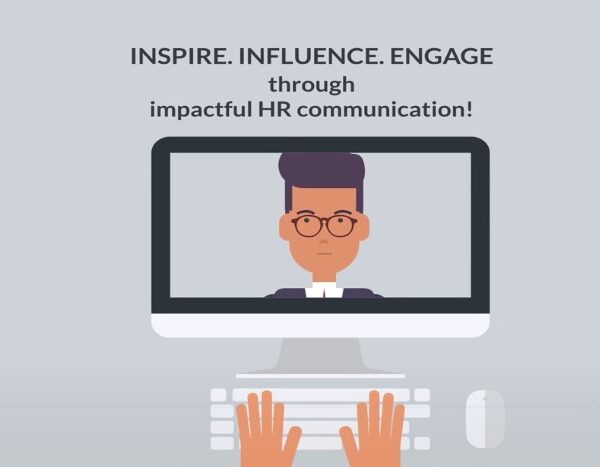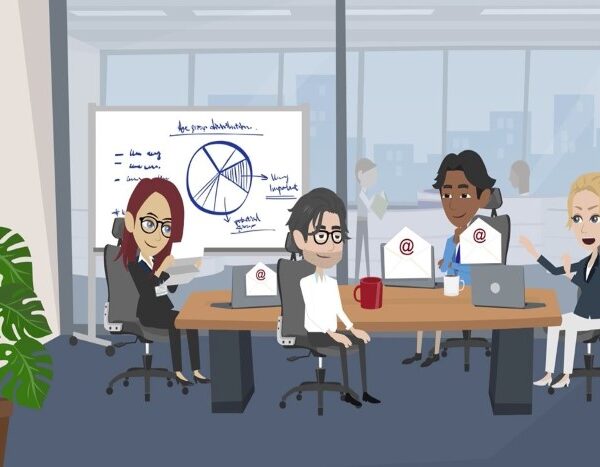How do you help an organisation tell its story in a way that inspires action, which galvanizes thoughts into desirable action paths?
Normally this is the mandate of the PR department. However, in this age of fast paced, instant and over reaching communication, organizations need to capitalize on the inherent power of its workforce to narrate its unique journey, to spread the roots and wings of its soaring narrative by using the emotional trigger.
As human beings, we are all story tellers. We have been enchanted since the beginning of time by stories- long before the advent of the written language. However, as we enter the corporate world, we shift into presentation mode. We forget the effectiveness of the emotional connection of a story. An organization’s public relations can appeal to this natural and spontaneous connection, to equip departments with the story that can elicit the desired thought and the accompanying action.
The Master Narrative
The first step is to capture the organization’s story in a master narrative- the past, present and the future. In the ‘future’ part lies a fascinating distinction between the age-old story and the narrative. Narratives as opposed to the story are considered open ended; they inspire dialogues and their resolution is undecided. The conclusion is left for the reader/ listener, in this case the stakeholder public, to navigate and resolve. In other words, narratives are fluid, working their magic long after the story has been told.
A narrative delivered emotionally, helps the organization to move away from generic expressions and to be noticed among the clutter in the marketplace.
STEP 1: Anatomy of the Master Narrative
- The master narrative should answer the below questions:
- Who are you and what is unique about you?
- Why is it important?
- Where are we now? Where do we need to get to and what are the challenges?
- How do we do get to the destination?
To capture the attention of your audience, it is important to reference the current reality of the business, challenges and the competition and why it needs to go on a journey to a certain destination.
This narrative is backed up by your proof points, evidences, ‘ways of getting to the destination’ and measurable results that reach out to the logical, questioning mind in each individual to lead them to a consensus. It helps employees to feel and establish a direct link between their job role and organizational objective by linking together the multiplicity of messages within the organisation- the vision, mission, strategic priorities and values.
STEP 2: Formatting the Message Grid
STEP 3: Repetition Creating a Consensus
STEP 4: Internalizing the Narrative
As a first step, senior management should be encouraged to periodically reference key messages in their interactions with employees.
Simultaneously, the master narrative needs to be broken up into easily digestible formats that can be presented to various departments via workshops conducted by the communications team. It is important to couple this document with a communication policy, the dos and don’ts of organisation related communication and contact details of relevant communications staff to reach out to in an emergency. The workshop is thus an opportunity not only to share key messages that you want to be out in the public sphere but also to highlight the importance of being cautious about sensitive topics and the process of crisis communication.
You may also reinforce key messages through regular internal communications, and engage in a dialogue with employees through the intranet or internal social media channels about how the key messages can be incorporated in their daily job activities.
Remember repetition is key and perseverance wins the day!





